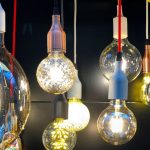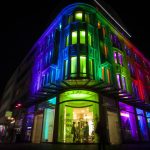Maximizing Your Plant Growth: A Beginner’s Guide on How to Use LED Grow Lights
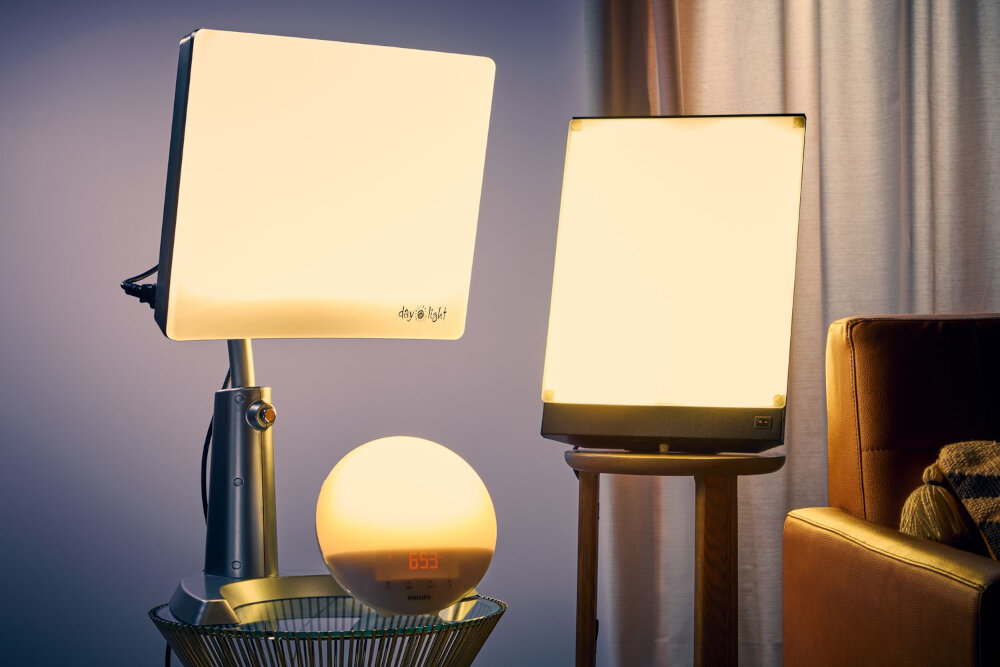
Growing plants can be a rewarding experience, but it can also be a challenging task, especially for beginners. Aside from providing adequate water, nutrients, and soil, one of the most essential factors that contribute to plant growth is light. However, not all light sources are created equal, and choosing the right one can make a significant difference in the quality and quantity of your plants’ growth. This is where LED grow lights come into play. LED grow lights are a popular choice for indoor gardening because they are energy-efficient, long-lasting, and emit specific wavelengths of light that are beneficial for plants. Unlike traditional fluorescent or incandescent lights, LED grow lights produce less heat and can be customized to match the specific light requirements of different plant species. Additionally, LED grow lights are available in different sizes and shapes, making them suitable for a variety of indoor growing spaces. In this beginner’s guide, we will discuss the basics of using LED grow lights to maximize your plant growth, including the benefits of using LED grow lights, how to choose the right LED grow light for your plants, and tips for using LED grow lights effectively.
Light is an essential factor for plant growth, as it is the primary source of energy for photosynthesis. During photosynthesis, plants convert light energy into chemical energy, which is used to fuel growth and development. Without adequate light, plants may become stunted, weak, and prone to disease. Different types of light also affect plant growth in different ways, with red and blue wavelengths being particularly important for photosynthesis. LED grow lights offer a unique advantage in that they can be customized to provide the ideal spectrum and intensity of light for specific plant species and growth stages, allowing for optimal growth and yield. Therefore, understanding the importance of light in plant growth is crucial for any gardener looking to maximize their plant’s potential.
LED grow lights have revolutionized indoor gardening by providing an energy-efficient and cost-effective way to grow plants. Unlike traditional grow lights, LED lights emit specific wavelengths of light that are optimized for plant growth, resulting in healthier and more productive plants. LED grow lights also have a longer lifespan and produce less heat, making them safer and more durable than other lighting options. Additionally, LED lights can be customized to meet the specific needs of different plants, allowing for precise control over light intensity and spectrum. With their numerous benefits, LED grow lights are an ideal choice for anyone looking to maximize their plant growth and yield.
Understanding LED Grow Lights

LED grow lights have revolutionized indoor gardening, providing a more energy-efficient and cost-effective alternative to traditional lighting sources. Understanding the basics of LED grow lights is essential for any gardener looking to maximize plant growth and yield. Unlike traditional lighting sources that emit a broad spectrum of light, LED grow lights emit narrow wavelengths of light that are optimized for plant growth. This allows gardeners to tailor the light spectrum to suit the specific needs of their plants, promoting faster growth, higher yields, and better quality produce. Another advantage of LED grow lights is their energy efficiency. Unlike traditional lighting sources that emit large amounts of heat, LED grow lights emit little to no heat, reducing the need for cooling systems and minimizing energy consumption. This makes LED grow lights an ideal choice for indoor gardening setups, where controlling temperature and humidity can be challenging. Additionally, LED grow lights have a longer lifespan than traditional lighting sources, reducing the need for frequent replacements and further lowering their overall cost. With their numerous benefits, LED grow lights are a must-have for any indoor gardener looking to optimize their plant growth and maximize their yields.
LED grow lights are a type of artificial lighting system designed to stimulate plant growth. Unlike traditional lighting systems, LED grow lights emit light in specific wavelengths that are optimal for photosynthesis, allowing plants to efficiently convert light into energy. These lights are highly energy-efficient, producing less heat and using less electricity than traditional lights, making them ideal for indoor gardening. They are available in various sizes and shapes, making them perfect for any size of garden. LED grow lights provide an excellent alternative to natural sunlight and are an excellent way to maximize the growth of plants indoors.
When it comes to maximizing plant growth, LED grow lights have proven to be a popular choice amongst indoor gardeners. Unlike traditional grow lights, such as high-pressure sodium (HPS) and metal halide (MH) bulbs, LED grow lights emit very little heat, which reduces the risk of damaging plants. Additionally, LED grow lights are energy-efficient, meaning they consume less electricity and therefore cost less to operate. They also have a longer lifespan, reducing the need for frequent bulb replacements. While HPS and MH bulbs may still have their place in certain growing scenarios, LED grow lights offer a more sustainable and cost-effective option for indoor gardeners looking to maximize their plant growth.
LED grow lights have become the go-to choice for indoor gardening enthusiasts due to their numerous benefits. Firstly, LED grow lights are energy-efficient, using 50-90% less energy than traditional lighting systems, which saves money on electricity bills. Secondly, LED lights produce less heat, which means that they do not harm the plants and do not require additional cooling systems. Thirdly, LED grow lights are customizable, meaning that you can adjust the light spectrum to suit the specific needs of your plants. Lastly, LED lights have a longer lifespan than other lighting systems, which means they do not need to be replaced as frequently, making them more cost-effective in the long run. These benefits make LED grow lights an excellent investment for anyone looking to maximize plant growth in an indoor setting.
Choosing the Right LED Grow Light
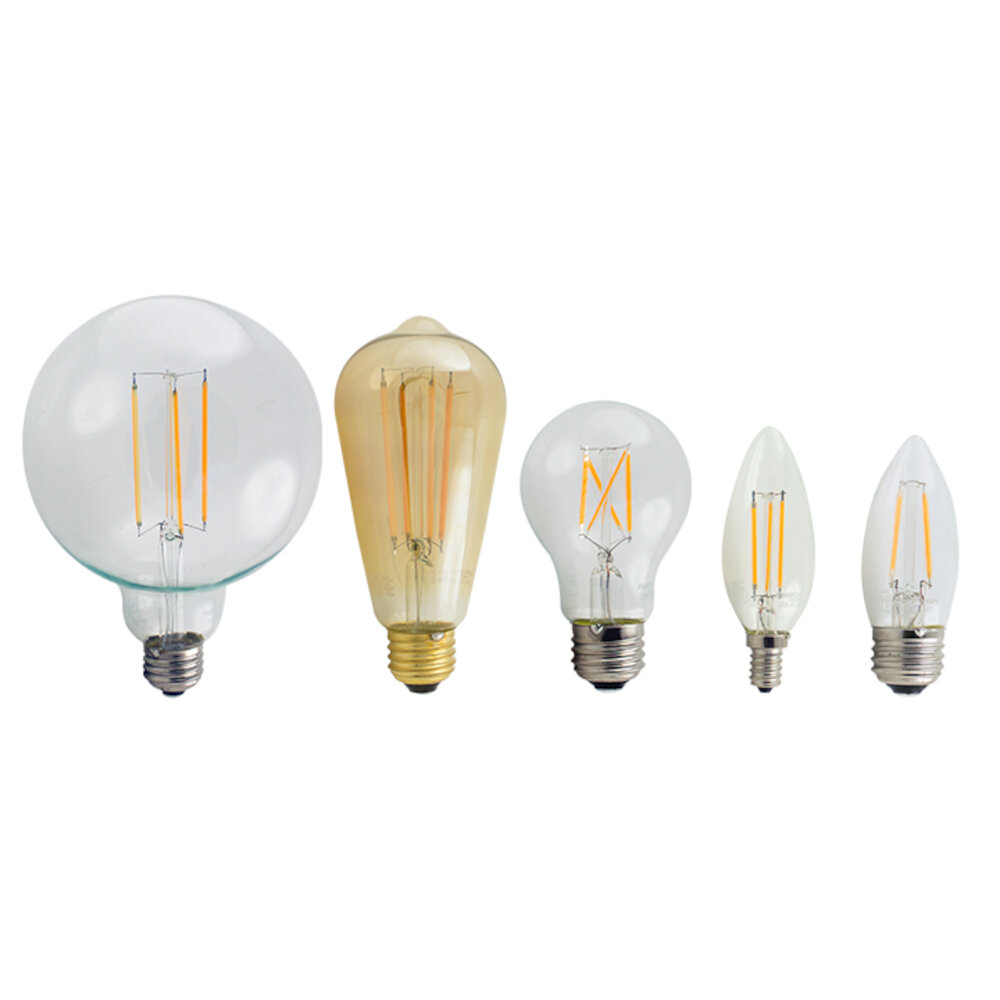
Choosing the right LED grow light is crucial to the success of your indoor gardening. With so many options available in the market, it can be overwhelming to decide which one is best suited for your needs. The first thing to consider is the size of your grow space. The wattage and coverage area of the LED grow light should match the size of your indoor garden. If the light is too weak, your plants won’t receive enough light to grow, and if it’s too strong, it will waste energy and could damage your plants. The spectrum of the LED grow light is also an important factor to consider. Different plants have different light requirements, and the spectrum of the light should match their needs. For example, blue light is necessary for vegetative growth, while red light is essential for flowering. Some LED grow lights offer full spectrum lighting, which means they provide a range of colors that cater to all growth stages of the plant. Another aspect to consider is the heat output of the LED grow light. Some models produce a lot of heat, which could affect the temperature in your grow space. It’s best to choose a model that has a heat sink or cooling system to prevent this from happening.
When choosing an LED grow light, there are several factors to consider to ensure maximum plant growth. Firstly, the wattage of the LED grow light is important as it determines the amount of light energy the plants receive. Secondly, the light spectrum of the LED grow light should match the specific needs of the plants being grown. Thirdly, the size of the grow space and the number of plants being grown will determine the size and quantity of LED grow lights needed. Fourthly, the quality and durability of the LED grow light should be taken into consideration to ensure a long-lasting and reliable investment. Lastly, the cost of the LED grow light should be balanced with its features and benefits to ensure a cost-effective choice. By considering these factors, growers can maximize their plant growth and achieve successful yields with LED grow lights.
When looking for an LED grow light, there are several key features to consider to ensure optimal plant growth. First and foremost, the wattage and spectrum of the light are crucial factors, as they determine the amount and type of light that the plants receive. Additionally, the size and shape of the light should be suitable for the size and shape of the growing area. Other important features include the cooling system and the durability of the light, as well as any additional features such as dimming capabilities or programmable settings. Ultimately, selecting the right LED grow light requires careful consideration of these features and a clear understanding of the specific needs of the plants being grown.
LED grow lights have revolutionized indoor gardening, providing an energy-efficient and versatile way to optimize plant growth. There are several types of LED grow lights available, each with unique benefits and drawbacks. Full-spectrum LED grow lights are the most popular type, offering a wide range of wavelengths that promote photosynthesis and plant growth. On the other hand, red and blue LED grow lights are also common, with red lights promoting flowering and fruiting while blue lights stimulate vegetative growth. Additionally, COB LED grow lights provide high-intensity lighting in a compact and efficient package, while quantum board LED grow lights offer excellent coverage and efficiency. Ultimately, the choice of LED grow light depends on the specific needs of your plants and budget.
Setting Up Your LED Grow Light System
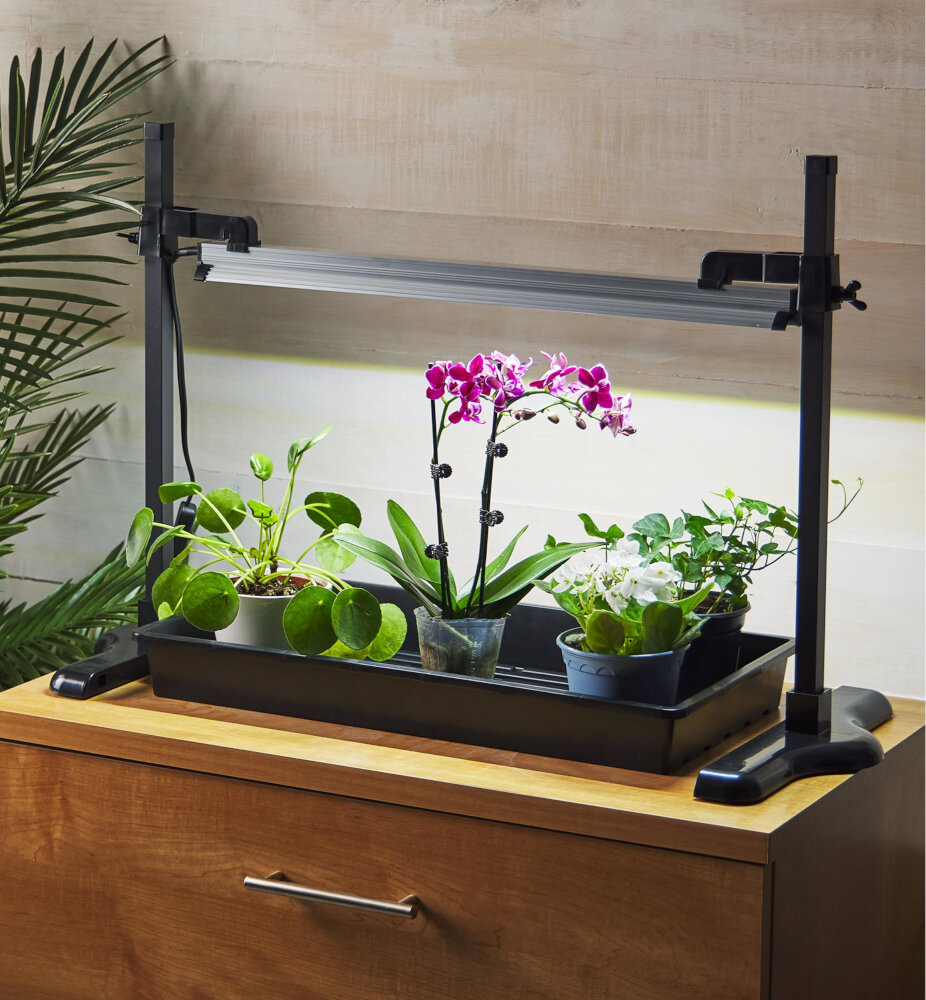
Setting up an LED grow light system is an essential step for any indoor gardener. To start, it’s important to choose the right LED light for your plants. Different plants require different wavelengths of light, so be sure to research what your plants need before purchasing a light. Next, you’ll need to determine the size of your grow space and how many lights you’ll need. It’s important to make sure your lights are evenly spread out to ensure uniform growth. Once you have your lights, you’ll need to hang them at the right distance from your plants. LED lights can be hung closer to plants than traditional grow lights, but you’ll still need to make sure they’re not too close, as this can damage your plants. In addition to choosing the right lights and hanging them correctly, you’ll also need to consider other factors that can affect plant growth, such as temperature, humidity, and airflow. It’s important to monitor these factors regularly and make adjustments as needed to ensure optimal growing conditions for your plants. Another aspect to consider is the duration of light exposure. Most plants require at least 12 hours of light per day, but some may need up to 18 hours. Be sure to research the specific needs of your plants and adjust your light schedule accordingly. With the right LED grow light system and careful attention to all aspects of plant growth, you can maximize your plants’ growth and yield.
Setting up your LED grow light system is a relatively straightforward process, but it’s important to get it right to maximize your plant growth. The first step is to choose the right LED grow light for your plants and growing area. Make sure to calculate the wattage needed based on the size of your space and the type of plants you’re growing. Once you have your LED grow light, you’ll need to hang it at the appropriate distance from your plants. This distance will vary depending on the wattage of your LED grow light, so be sure to consult the manufacturer’s guidelines. Finally, you’ll need to set up a timer to ensure your plants get the right amount of light each day. Aim for 12-18 hours of light per day, depending on the stage of growth your plants are in. With these steps in place, you’ll be well on your way to maximizing your plant growth with LED grow lights.
LED grow lights come in various configurations that cater to different types of plants and growth stages. One popular configuration is the full spectrum LED grow light, which emits a range of wavelengths from red to blue to white, mimicking natural sunlight that plants need to thrive. On the other hand, there are LED grow lights that emit specific wavelengths for targeted growth, such as blue light for vegetative growth and red light for flowering. Another configuration is the COB LED grow light, which utilizes multiple LED chips to produce a high intensity and uniform light that can penetrate deep into the canopy. Additionally, LED grow lights can come in different shapes and sizes, such as panels, bars, and bulbs, allowing growers to customize their setup according to their needs and available space. Understanding the different configurations of LED grow lights is crucial in maximizing plant growth and yield.
When it comes to maximizing the effectiveness of your LED grow light system, there are a few key tips to keep in mind. First, make sure that you choose the right spectrum of light for the plants you’re growing – this can have a big impact on both growth rate and quality. Additionally, it’s important to position your lights correctly so that they’re not too close or too far away from your plants. Finally, make sure that you’re providing your plants with enough water and nutrients to support their growth – even the best LED grow light system won’t be effective if your plants aren’t getting what they need to thrive. By paying attention to these key factors, you can help ensure that your LED grow light system is working as effectively as possible to support healthy, robust plant growth.
Maximizing Plant Growth with LED Grow Lights
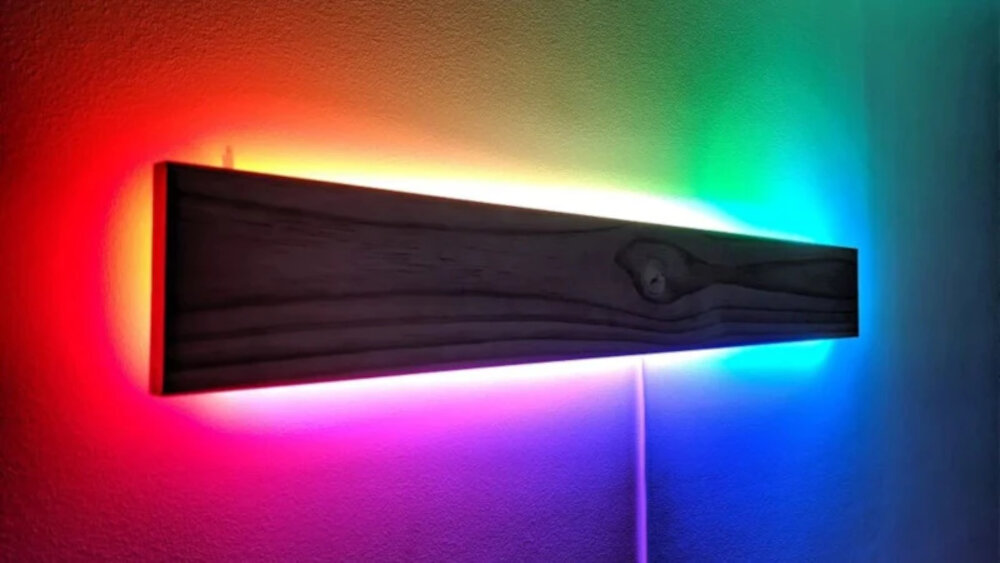
In recent years, LED grow lights have become increasingly popular among indoor gardeners for maximizing plant growth. Unlike traditional grow lights, LED lights emit specific wavelengths of light that are most beneficial for plant growth. This means that plants receive the exact amount of light they need, without any excess energy wasted. Additionally, LED lights produce much less heat than other types of grow lights, meaning they can be placed closer to plants without the risk of burning or damaging them. When it comes to maximizing plant growth with LED grow lights, it’s important to consider the specific needs of your plants. Different plants require different amounts and types of light, so it’s essential to do your research and choose the right LED grow lights for your indoor garden. Some plants, like herbs and leafy greens, require a high amount of blue light to promote healthy growth and photosynthesis. Other plants, like flowering plants, need more red light to encourage blooming and fruiting. By selecting the appropriate spectrum of LED grow lights, you can ensure that your plants receive the optimal amount of light for their specific needs, resulting in healthier and more bountiful growth.
LED grow lights can maximize plant growth by providing the right spectrum of light that plants need for photosynthesis. Unlike traditional lighting sources, LED grow lights emit wavelengths of light that are specifically tailored to the needs of plants, allowing them to grow and flourish without excess heat or energy consumption. These lights also have customizable settings that allow growers to adjust the spectrum and intensity of light according to the specific needs of their plants. Additionally, LED grow lights are energy-efficient and have a longer lifespan than other lighting options, making them a cost-effective investment for any grower looking to maximize their plant growth.
To maximize plant growth using LED grow lights, it is essential to understand the proper placement, duration, and intensity of the light. Placing the LED grow lights at an optimal distance from the plant can ensure sufficient light penetration and prevent heat damage. The duration of light exposure should be consistent with the plant’s natural growth cycle, with longer exposure during the vegetative stage and shorter exposure during the flowering stage. Adjusting the intensity of the light can also help to balance the plant’s growth rate and prevent nutrient deficiencies. Additionally, using a combination of different spectrums of light can simulate natural sunlight and promote healthy growth. By following these tips, growers can ensure maximum yields and improve the overall health of their plants.
When it comes to using LED grow lights for your plants, there are a few best practices to keep in mind. First, it’s important to choose the right intensity of light for your plants’ growth stage. For seedlings and clones, lower intensity is better, while mature plants require higher intensity. It’s also crucial to position the lights at the correct distance from the plants, as too close can cause burning, while too far can hinder growth. Additionally, it’s recommended to use a full spectrum LED grow light to provide your plants with all the necessary wavelengths for optimal growth. Finally, it’s important to follow a consistent light schedule, mimicking natural sunlight as closely as possible, to ensure your plants receive the right amount of light and darkness for photosynthesis and rest. By following these best practices, you can maximize your plant growth and achieve the best possible results using LED grow lights.
The article \Maximizing Your Plant Growth: A Beginner’s Guide on How to Use LED Grow Lights\ provides an overview of how to use LED grow lights to maximize plant growth. The article highlights the importance of understanding the specific light requirements of different plants and selecting the appropriate LED grow light accordingly. It explains how LED grow lights work, how to calculate the wattage needed for your grow space, and the ideal distance between the plants and the LED grow light. Additionally, the article discusses the importance of proper ventilation and temperature control to ensure optimal plant growth. Finally, the article emphasizes the importance of monitoring your plants closely to ensure they are thriving under the LED grow light.
The use of LED grow lights is essential for maximizing plant growth, both indoors and outdoors. Unlike traditional lighting systems, LED grow lights emit a specific spectrum of light that is optimal for photosynthesis and plant growth. This light spectrum can be customized to meet the specific needs of different plants, allowing for greater control over growth rates, plant size, and overall health. LED grow lights are also highly energy-efficient and last longer than traditional lighting systems, making them a cost-effective option for growers of all levels. By harnessing the power of LED grow lights, growers can achieve higher yields, more robust plants, and healthier crops, regardless of the season or environment.
In conclusion, LED grow lights are a great investment for any indoor gardener looking to maximize plant growth. They provide a wide range of benefits, including energy efficiency, longer lifespan, and customizable light spectrum. However, it’s important to choose the right type of LED grow light for your specific plant needs, as well as properly position and adjust the lights to ensure optimal growth. It’s also important to monitor your plants closely and adjust the lighting as needed based on their growth and development. With the right care and attention, LED grow lights can help you achieve impressive yields and healthy plants year-round.
Conclusion
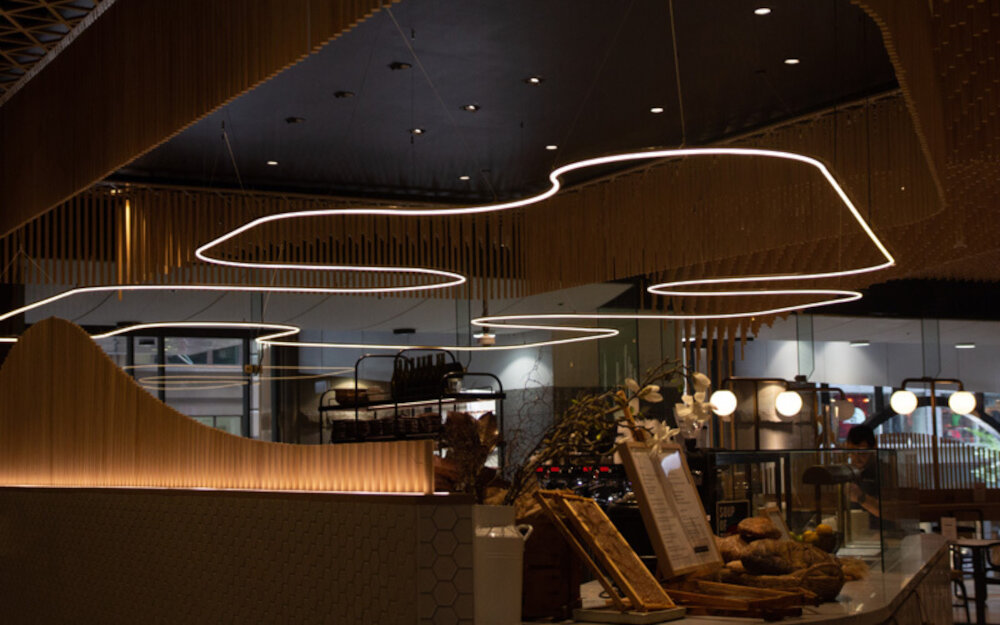
In conclusion, the use of LED grow lights can greatly enhance the growth and development of your plants. By understanding the different types of LED lights available and their varying spectra, you can tailor your lighting setup to meet the specific needs of your plants. Additionally, proper placement and timing of the lights can further optimize growth. While there may be some initial investment required, the long-term benefits of using LED grow lights make it a worthwhile endeavor for any beginner gardener looking to maximize their plant growth. So don’t be afraid to experiment and adjust your lighting setup as needed – with a little patience and attention to detail, you’ll soon be reaping the rewards of healthy, thriving plants.

